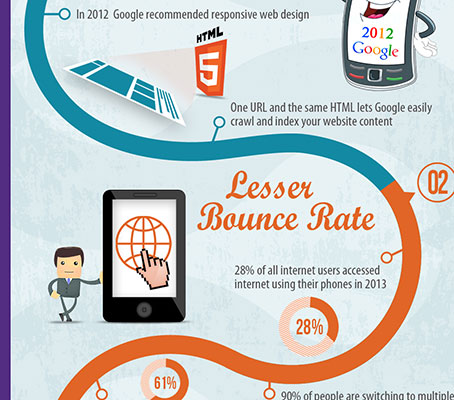Web Site Layout Essentials: Tips For Structure A User-Friendly Site
Web Site Layout Essentials: Tips For Structure A User-Friendly Site
Blog Article
Content Author-McKnight Secher
When it involves internet site design, ensuring user-friendliness is vital. From receptive layout to structured navigation, every element plays an important function in creating a site that deals with your target market's needs. However what regarding the better information that can make or break a customer's browsing experience? Stay tuned as we reveal some often-overlooked ideas that can elevate your web site's use to the following level, making it genuinely stand apart in the digital landscape.
Relevance of Responsive Style
Receptive layout is an important facet of modern-day site advancement. Ensuring your internet site is receptive ways that it can adjust to different display dimensions and devices, providing a smooth experience for customers.
With the increasing use of smart devices and tablets to access the web, having a receptive style is vital for getting to a broader target market. It aids in enhancing user experience by making your site easy to navigate and continue reading any type of gadget.
In websites being ada compliant , responsive style can positively influence your internet search engine rankings, as search engines like Google focus on mobile-friendly websites. By having a responsive layout, you're likewise future-proofing your web site, as new gadgets with differing display sizes continue to arise.
Simplify Navigation Framework
To improve user experience and facilitate simple accessibility to info on your website, simplifying the navigating framework is vital. When developing your site, focus on developing a clear and user-friendly navigation menu that aids visitors locate what they're looking for swiftly.
Limit https://www.searchenginejournal.com/seo-content-tips/347814/ of menu items to the fundamentals, grouping related web pages with each other to stay clear of frustrating customers. Usage descriptive labels that plainly indicate the material of each web page, making it much easier for users to comprehend where each link will certainly take them.
Consider carrying out dropdown menus for subcategories to stop jumbling the main navigating bar. In addition, consist of a search bar plainly on the web page for customers that favor looking for details information.
Prioritize mobile responsiveness in your navigating layout to make certain simple gain access to on all gadgets.
Optimize Page Tons Speed
Improving page tons speed is important for preserving site visitors on your web site. Slow-loading web pages irritate users and can lead to high bounce prices. To enhance page load speed, beginning by optimizing photos. Press images without jeopardizing quality to minimize their documents dimensions.
Furthermore, make it possible for internet browser caching to store regularly accessed resources locally, speeding up load times for returning visitors. Minify CSS, JavaScript, and HTML data by removing unneeded personalities, comments, and format, improving tons rate.
Take into consideration utilizing a content distribution network (CDN) to distribute your website's material across multiple web servers worldwide, reducing latency for customers accessing your site from various locations. Finally, restrict making use of third-party scripts and plugins, as they can dramatically impact load times.
Final thought
Finally, by incorporating receptive style, streamlining navigating, and enhancing web page tons rate, you can develop an easy to use web site that appeals to a broader target market and boosts user experience. These essential elements ensure that visitors can conveniently access and browse your website throughout different gadgets, bring about enhanced engagement and complete satisfaction. By focusing on these essential elements, you can construct a successful website that maintains customers coming back for even more.
